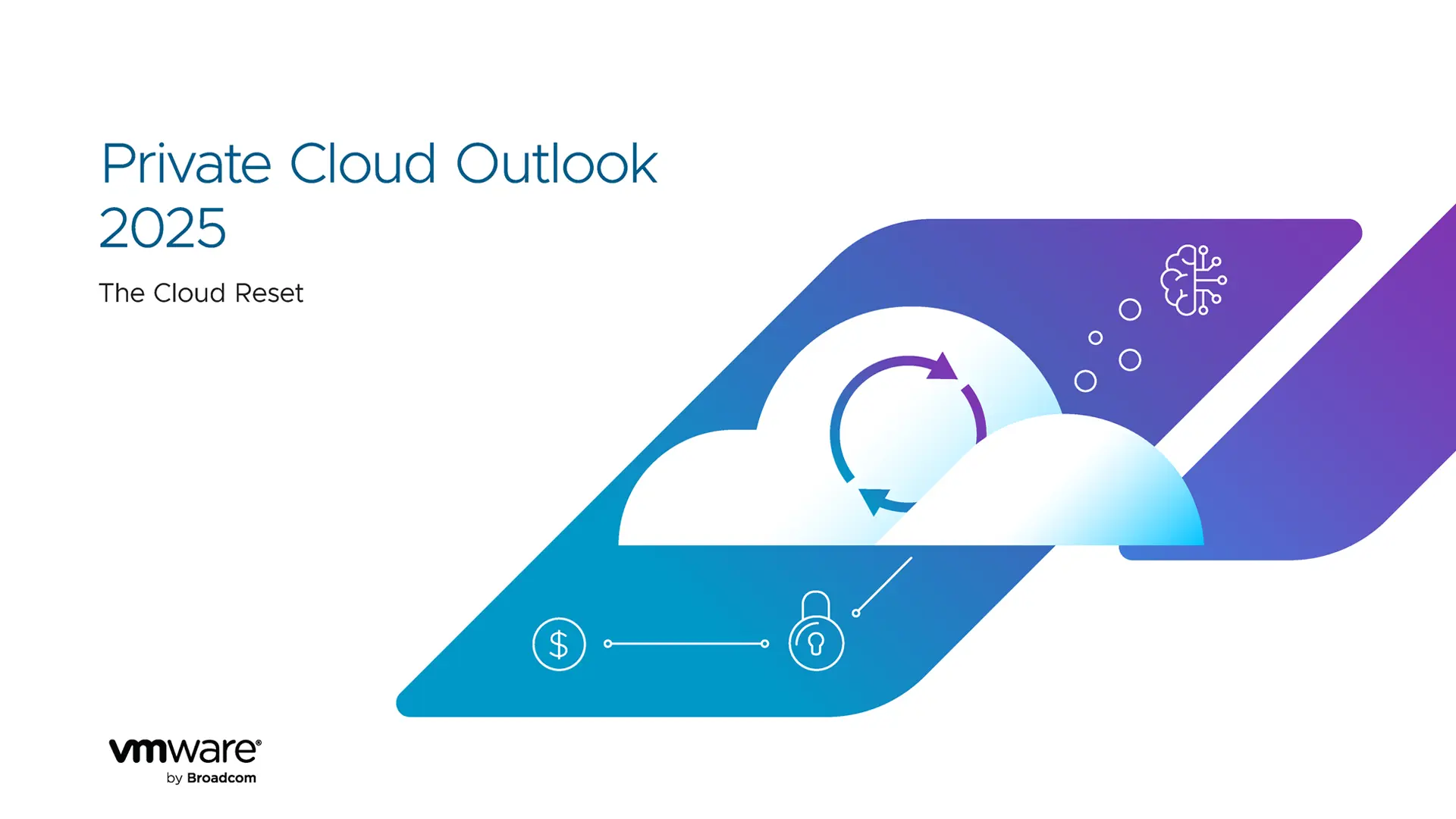Public cloud pitfalls
Businesses are often unaware of the wildly unpredictable public cloud billing structures that can lead to unanticipated monthly cloud bills. Whether it’s an abandoned application that still appears on your invoice or a newly popular cloud service that leads to gigabytes upon gigabytes of data usage, it’s not unlike your utility bills at home: leave the lights on all the time and your electric bill will go up.
“Sticker shock”
Many businesses were initially tempted to migrate to the public cloud with the promise of substantial cost savings by switching from a CapEx to OpEx billing model. Yet, Chief Financial Officers across the globe are frequently left gasping at the unexpected expenses seen in their monthly bills – otherwise known as “sticker shock”.
This phenomenon was demonstrated when startup Milkie Way set up a test with a $7.00 billing budget and a free database plan on Google Cloud Platform (GCP), and received a $72,000 invoice overnight (The Register). This unexpected expense was caused by a combination of misconfiguration on the part of Milkie Way, GCP defaults, and buggy code. Milkie Way believed that the billing budget would prevent overspend, however Google’s documentation noted that a billing budget ‘does not automatically cap Google Cloud or Google Maps Platform usage/spending’. This example shows how easily costs can spiral with an improperly managed public cloud platform.
Lack of visibility
A lack of visibility in the public cloud is a business risk not only in terms of security and compliance, but it can also affect business costs. Without having direct access to your data, you may be unknowingly paying for idle virtual machines – an unnecessary outgoing that could be stopped.
With public cloud services billed by usage, the database technology you choose, the type of encryption you use, and even the country you host in will affect the price. Some cloud providers also differentiate between various types of CPU functions, billing those functions at different rates. This, along with a lack of visibility, can make it harder to accurately forecast the short-term costs of using the public cloud.
Fluctuating demand
Whilst in many circumstances the public cloud provides better value for money than on-premise infrastructure, it is important to understand that the way you are charged is very different. When you opt for a public cloud model, your bills will change month-to-month, according to your usage, so it’s important to prepare for a significant increase or decrease as your demand fluctuates.
Due to the elasticity of the public cloud, IT teams can easily provision resources for an application or project at any given time. Whilst this scalability is useful, if you forget to scale back your resources, you would continue to be billed. This includes anything that you have provisioned, whether it is being used or not.
How do you avoid unpredictable public cloud bills?
You need to be flexible in how you budget for your cloud usage and ensure you have systems in place to monitor and optimise your spending. By building a comprehensive picture of your ongoing cloud spend, you can avoid “sticker shock” when it comes to receiving your invoice.
Cost-savings through the management layer
In their State of Cloud Strategy Survey, HashiCorp showed that 94% of respondents noted avoidable cloud spend, with reasons including idle or underused resources, overprovisioned resources, and a lack of in-house skills.
That’s why many businesses turn to managed cloud providers to take care of their public cloud for them, from setting policies and monitoring usage to identifying areas where savings can be made.
Hyve offers a management layer for public clouds such as AWS and Azure. We minimise the risk of moving to a public cloud provider by working with your business to create a migration plan and then providing a comprehensive management layer on top. Our certified engineers will monitor your platform and help you get the most from it.
Enterprise Cloud
We also offer an Enterprise Cloud solution, a multi-tenanted cloud with the flexibility of other public clouds, but with added security and monitoring.
Our offering has a fixed payment pricing model, meaning at the end of every month you will receive one price and one invoice, preventing any unwelcome surprises. This allows you to track spending, as well as keeping your business running as cost-effectively as possible.
Our Enterprise Cloud has full management up to the application layer, with our engineers and account managers essentially becoming an extension of your business. Our team work with you to optimise your platform, giving you the best solution for your budget and avoiding costly unused resources.
Are you unhappy with your public cloud costs?
Let us support you to optimise your platform and avoid unexpected bills. We can arrange an initial consultation to discuss your needs – fill out our contact form and one of our cloud experts will be in touch.





